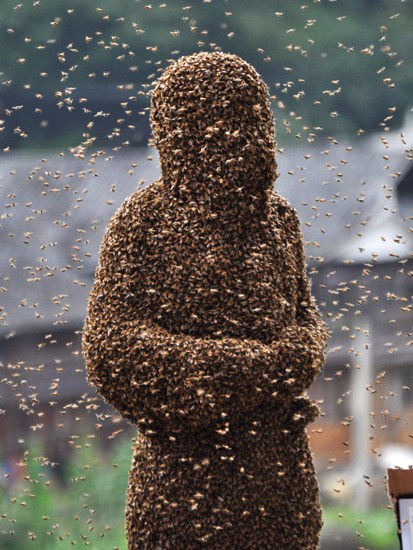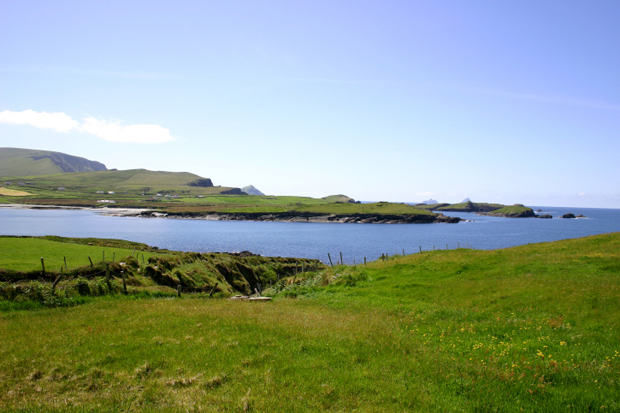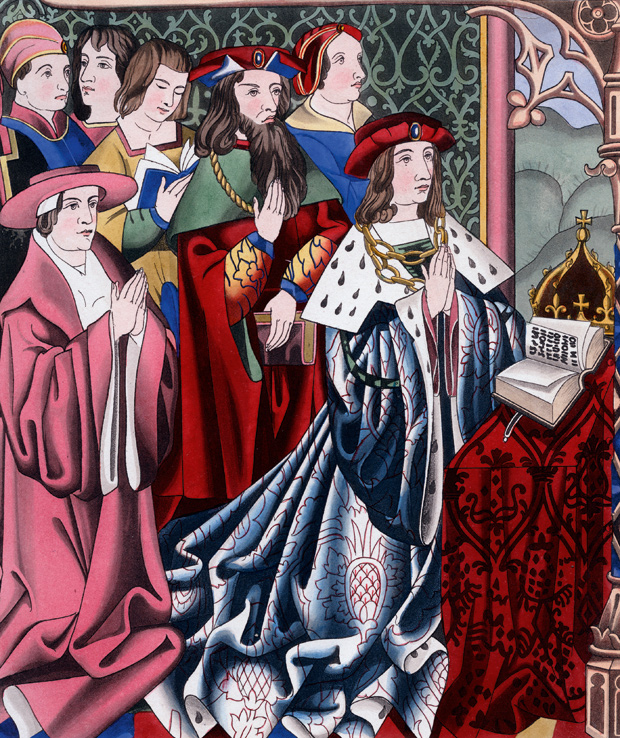The importance of biodiversity, a handy concept that embraces diversity of eco-systems, species, genes and molecules, has been promoted for over three decades. Yet much life on Earth still faces unsustainable loss or extinction, perhaps because, as an otherwise upbeat Dave Goulson notes in A Buzz in the Meadow, ‘at a global level, conservation efforts so far have been a dismal failure’.
Already a subscriber? Log in
Subscribe for just $2 a week
Try a month of The Spectator Australia absolutely free and without commitment. Not only that but – if you choose to continue – you’ll pay just $2 a week for your first year.
- Unlimited access to spectator.com.au and app
- The weekly edition on the Spectator Australia app
- Spectator podcasts and newsletters
- Full access to spectator.co.uk
Or
Unlock this article
Available from the Spectator Bookshop, £14.99 Tel: 08430 600033
You might disagree with half of it, but you’ll enjoy reading all of it. Try your first month for free, then just $2 a week for the remainder of your first year.














Comments
Don't miss out
Join the conversation with other Spectator Australia readers. Subscribe to leave a comment.
SUBSCRIBEAlready a subscriber? Log in